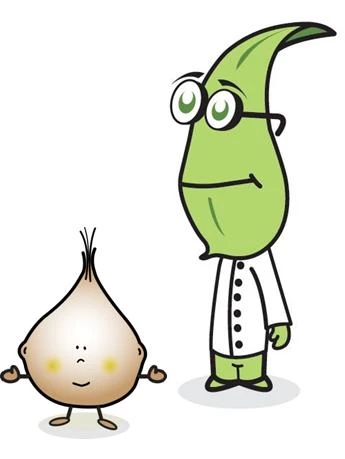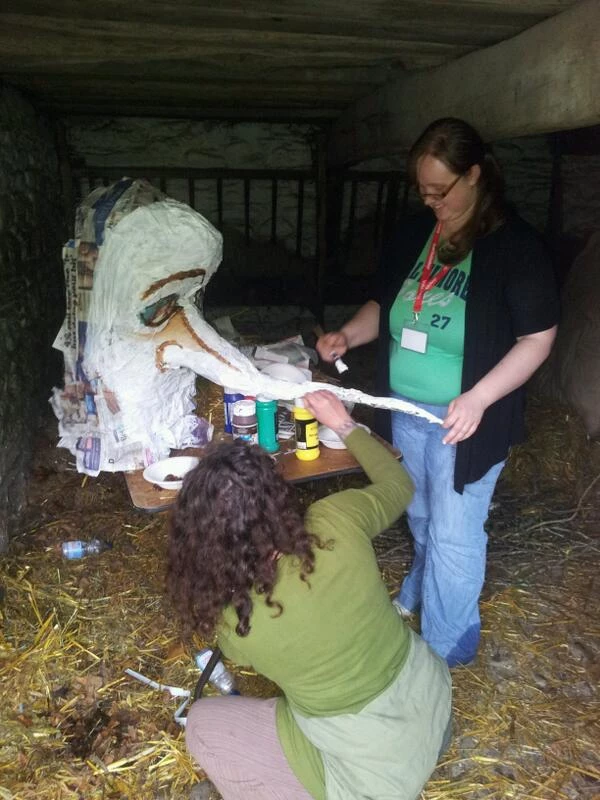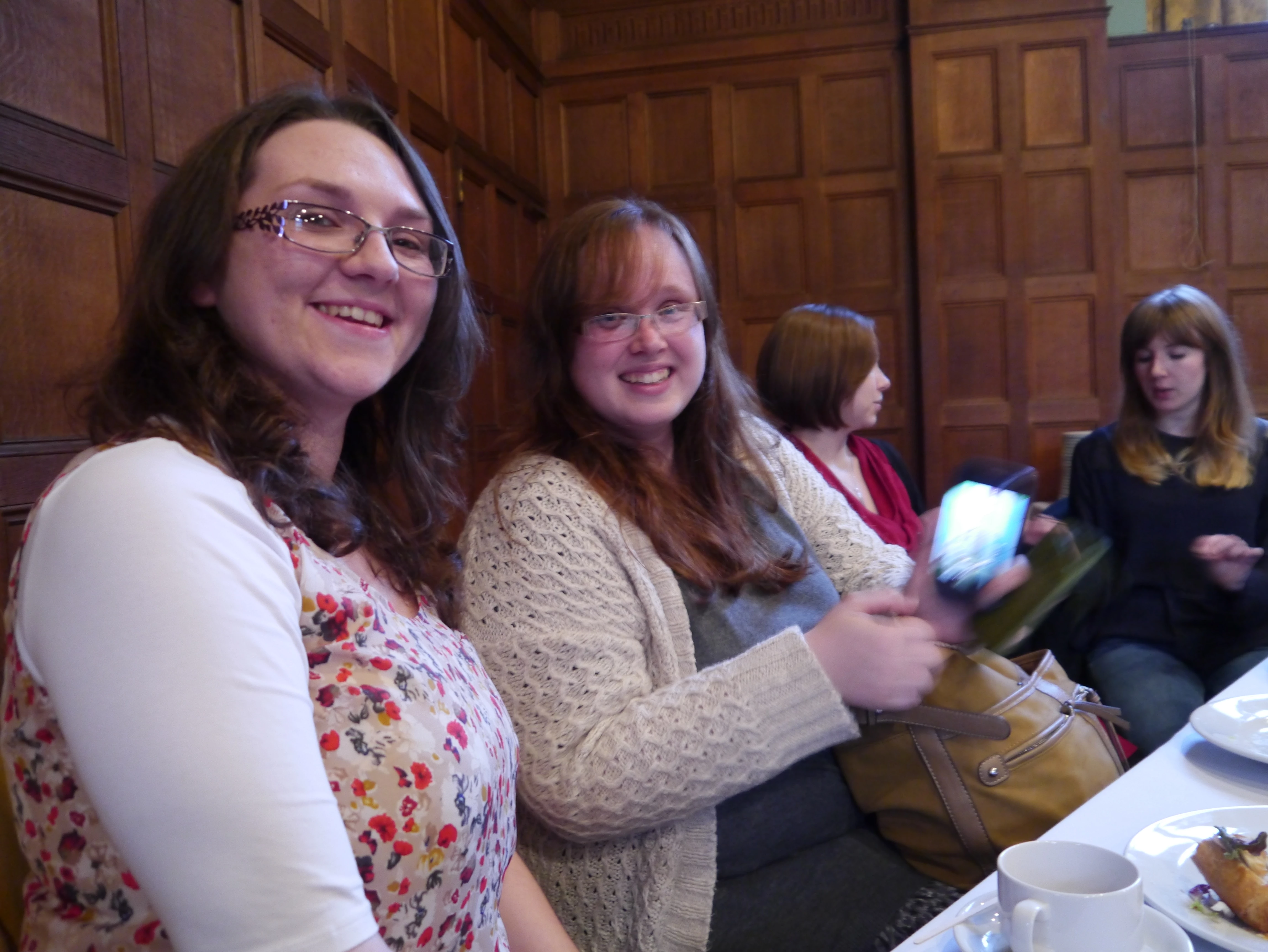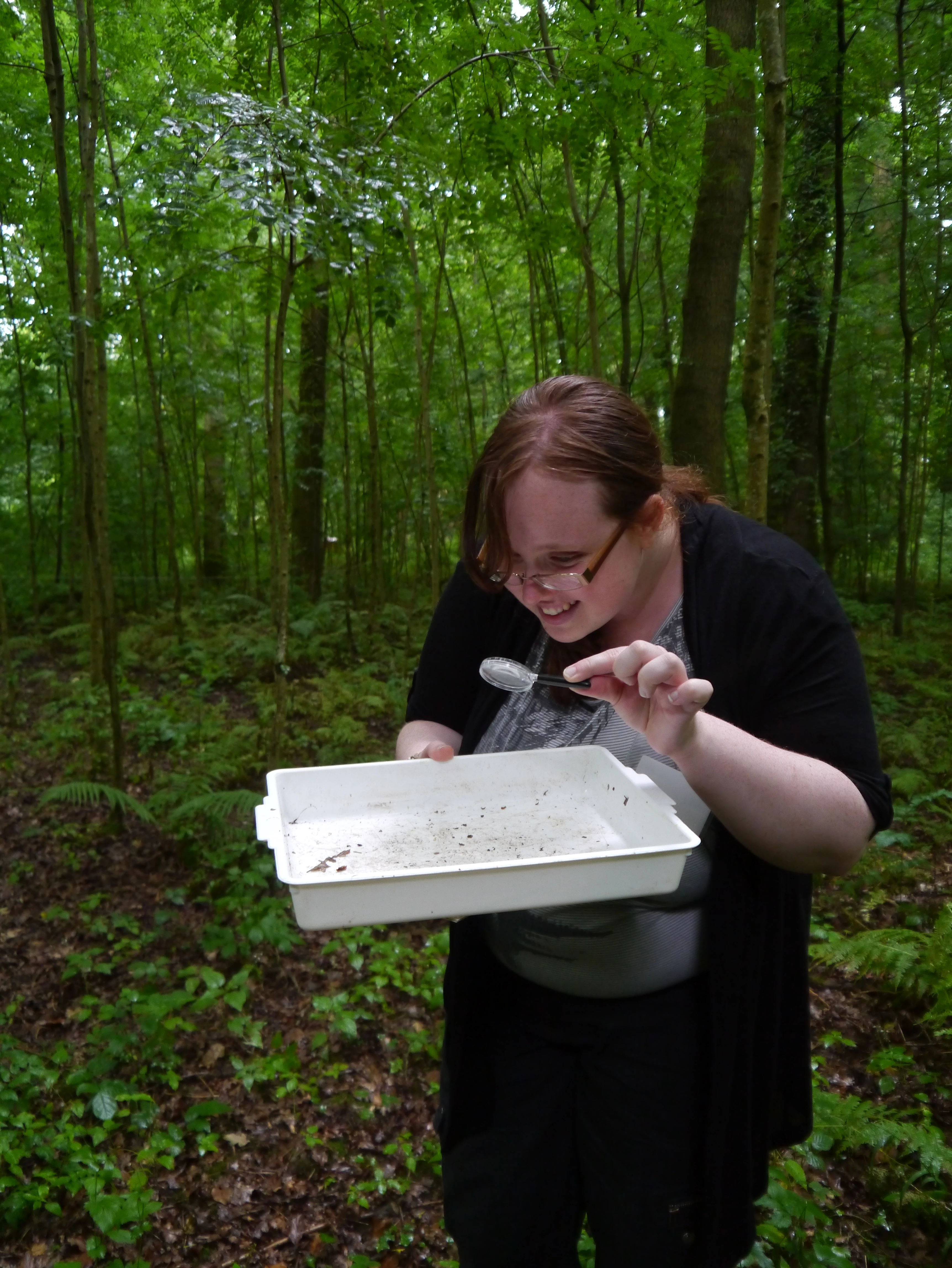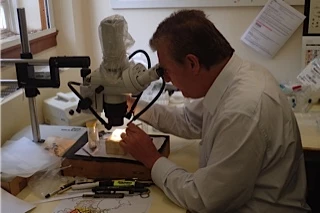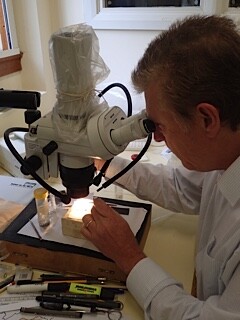Applications Open for schools in Wales
, 29 June 2015
Climate-change study in your own school yard
Science & Geography (KS2)
Make use of your outdoor classroom! Join the 175 schools taking part in this exciting investigation.
Spring Bulbs for Schools provides primary school pupils with the opportunity to adopt, study and record the development of spring bulbs as part of a spring watch network. Each pupil will receive a Tenby Daffodil, Crocus bulb and garden pot to record growth and flowering times.
Through collecting and comparing real data pupils discover how our changing climate is affecting our seasons and what this means for ourselves and the nature around us. Pupils take part in Professor Plant's Challenges to receive a super scientist certificate.
Any schools in Wales can take part as results are collected over the internet (or by post if necessary). This is an on-going investigation which means schools can take part year after year.
To apply for Spring Bulbs for Schools 2015-2016 please fill out the online application form by following the link below.
Application are now open but numbers are limited so apply soon to ensure your place on the project! Application is only open to schools in Wales. Recruitment for English and Scottish schools has closed but please contact The Edina Trust for information about taking part in the project 2016-2017.
